Mascali

Mascali has a long history but the town as you see it today dates only to 1930, the rebuild after the original town was destroyed by lava flows from Mt Etna in 1928. The poor town had previously been subjected to incursions by Saracens, attacks by warring factions, and damage from the same earthquake that destroyed Noto and other towns in 1693. It was cited in a letter from Pope Gregorio Magno to the bishop of Taormina in 593. It was invaded by Arabs in the 900s, conquered by the Norman Ruggero I in 1082, and assigned as a vast feudal territory to the Diocese of Troina in 1124 (then passing to the diocese of Catania). As most feudal lands, it was traded among a number of various landowners over the centuries.
An Arab traveler, Al-Edrisi, wrote of it in the 1100s, praising its location on a hill, the fertile lands and abundance of water. The town was caught in the crossfire of a Spanish-French fight for domination, and destroyed for its allegiance to the Aragon crown. Then it was sacked by pirates. Then the earthquake. And then the lava flow. It is almost a miracle there is still a town present!
In fact, when it was rebuilt, it was also relocated to the valley, closer to the sea, half-way between Giarre and Fiumefreddo, near the road connecting Messina and Catania. It was reconstructed in the era's rational (fascist) style.
Be sure to visit the Duomo di San Leonardo. Facing the town's main piazza, next to town hall, it was built in classical style on a Latin cross plan, topped by a dome, with a bell tower to the side. There are paintings of scenes from St. Leonard's life, depicted in eight panels.
In the hills above Mascali near Sant'Alfio are the oldest trees in Italy (and possibly in Europe) - chestnuts named Castagno dei Cento Cavalli, and Castagno Sant'Agata (also called castagno della nave, for its prow-shape.) They are well over 1,000 years old, some say nearly 3,000 years.
Ripa della Naca, further up in the hills, where you can see the lava holes and hardened lava from which the destructive flows poured that destroyed Mascali.
Taste the vintages, especially the Nerello varietal, the vines here produce for the Etna DOC wines. The fagiolino mascalese is a type of fine green bean cultivated only here and harvested through the end of August. Citrus, apples, cherries and almonds are also grown here.
Naturally, the sea is a big draw from May through October, and the pebble beaches are much appreciated by locals and visitors alike.
Explore handpicked self catering homes in Mascali.

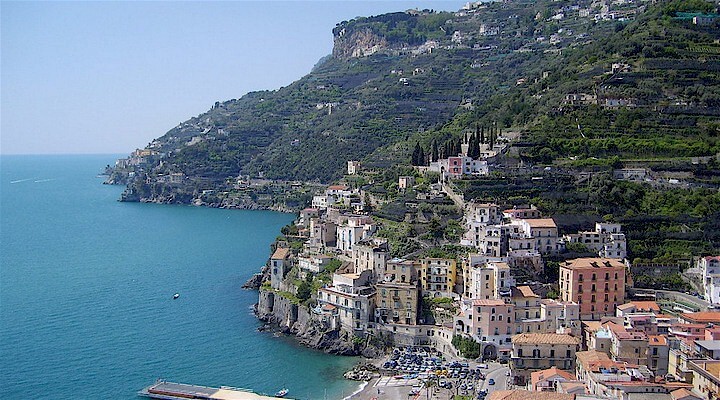 Amalfi Coast
Amalfi Coast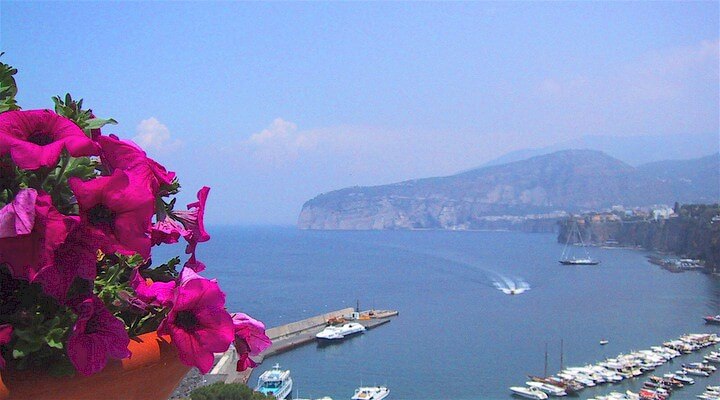 Sorrento Coast
Sorrento Coast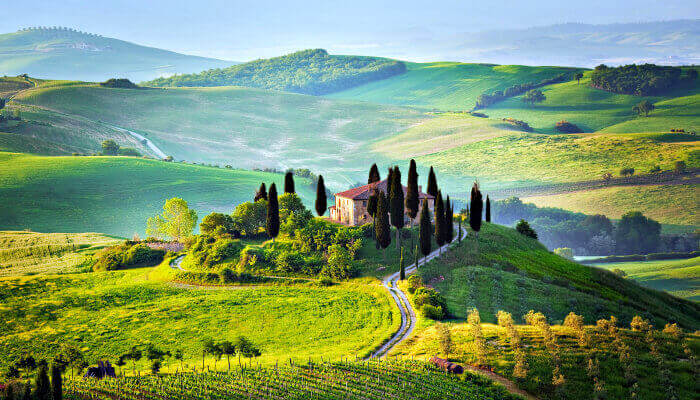 Tuscany
Tuscany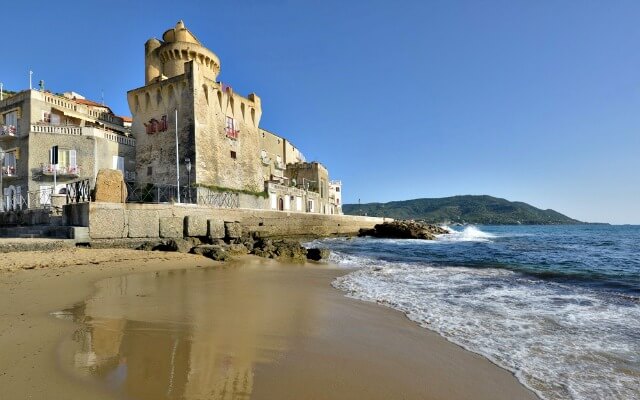 Cilento National Park
Cilento National Park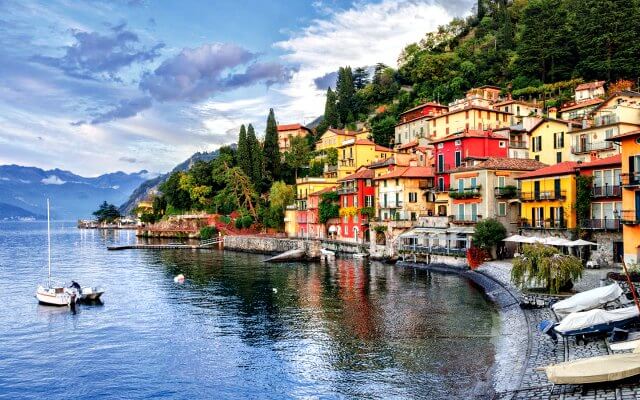 Lake Como
Lake Como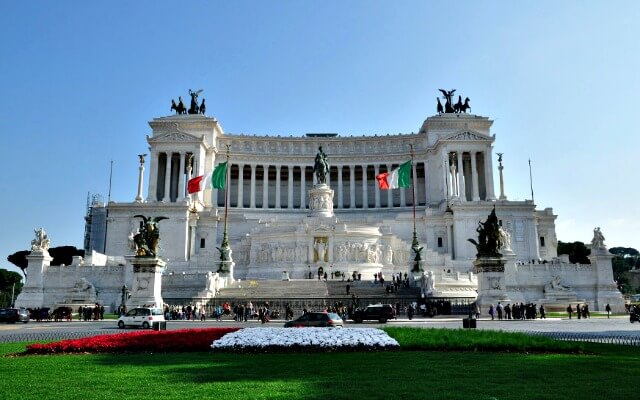 Rome and Latium
Rome and Latium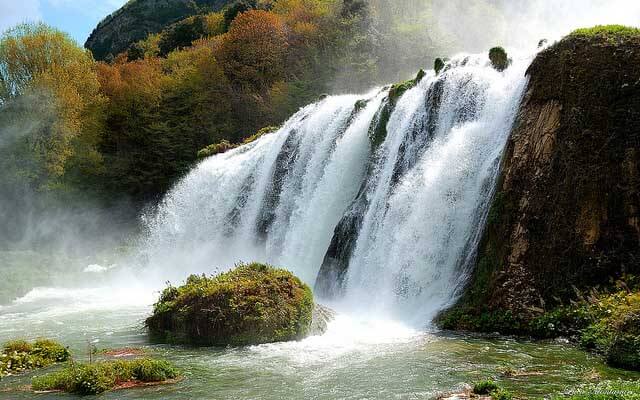 Umbria
Umbria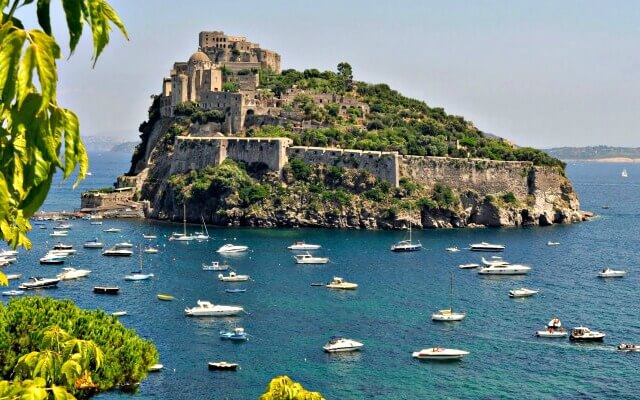 Capri and Ischia
Capri and Ischia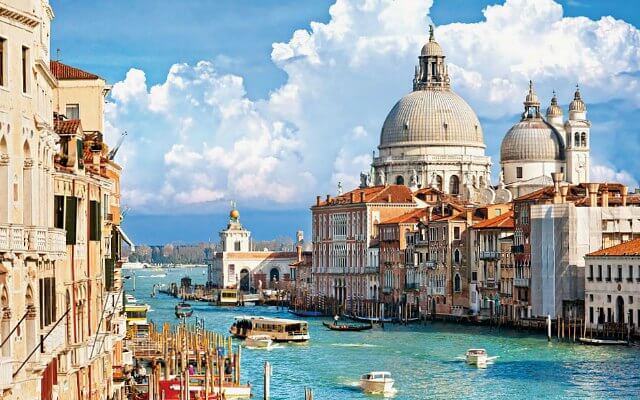 Venice
Venice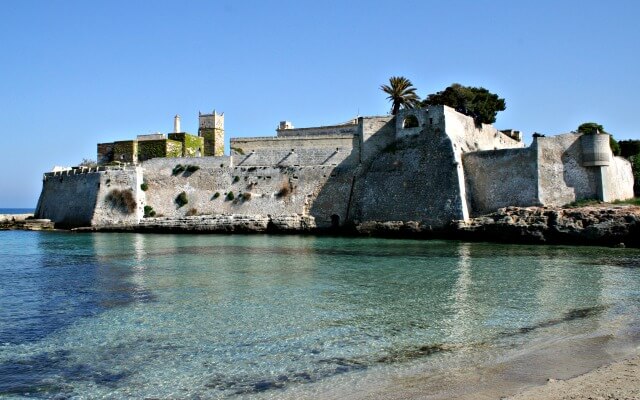 Puglia (Apulia)
Puglia (Apulia)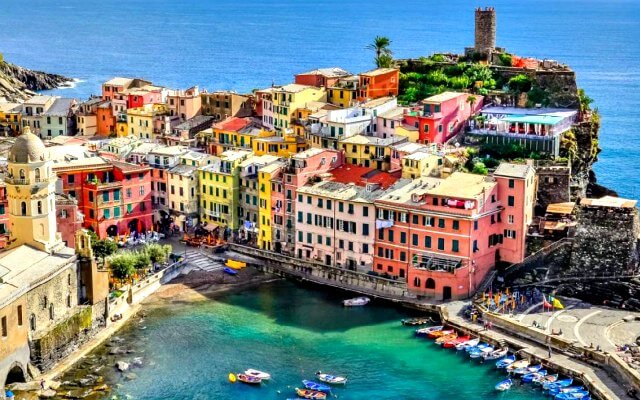 Liguria
Liguria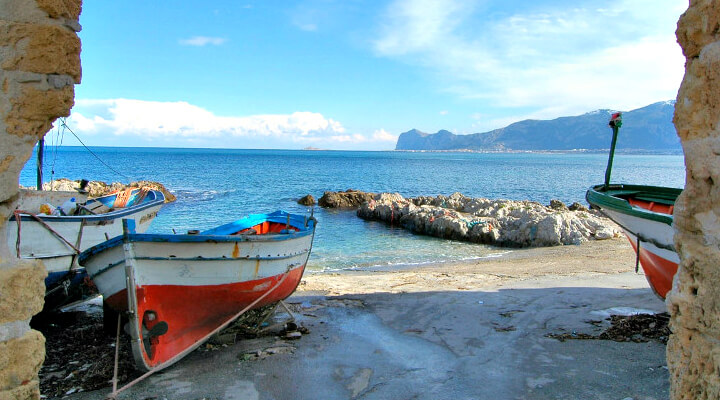 Sicily
Sicily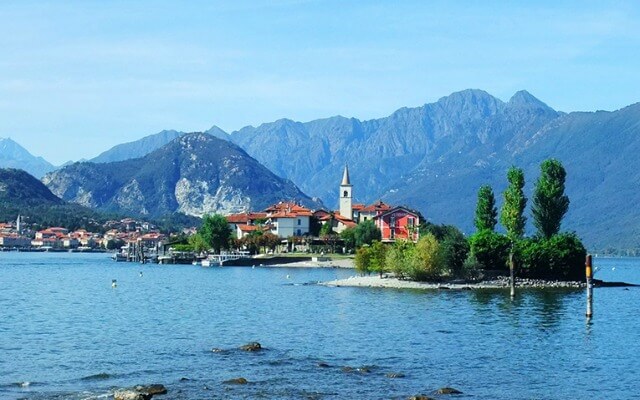 Lake Maggiore
Lake Maggiore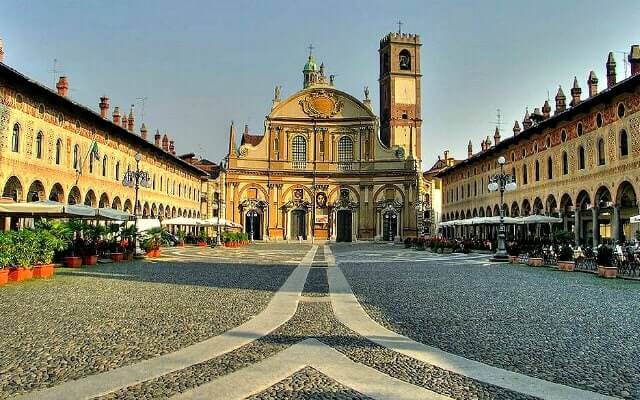 Lombardy
Lombardy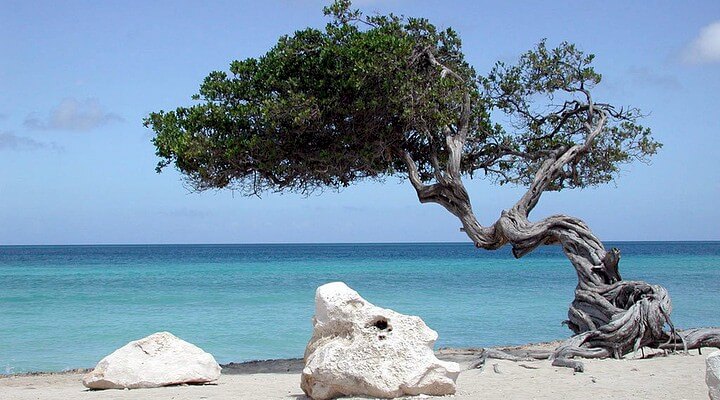 Sardinia
Sardinia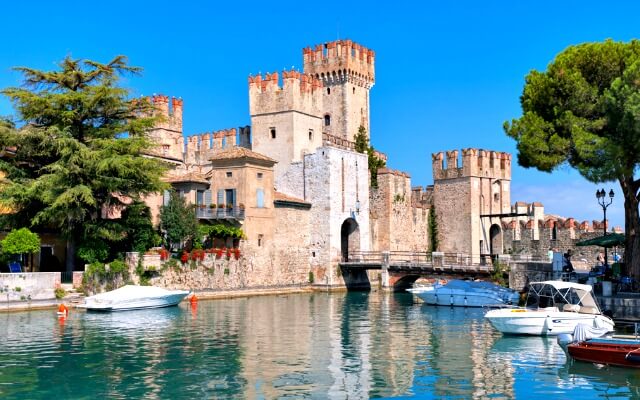 Lake Garda
Lake Garda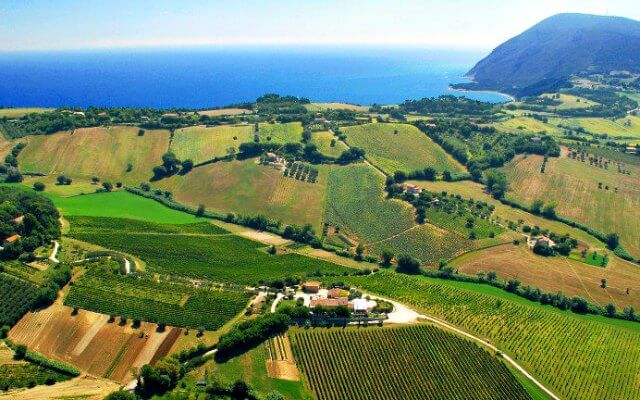 Abruzzo and Marche
Abruzzo and Marche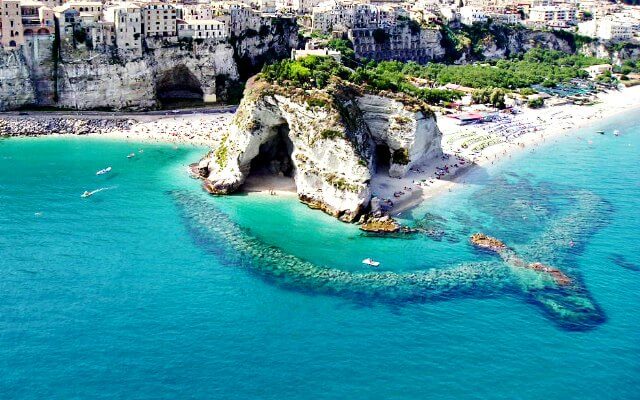 Calabria
Calabria

